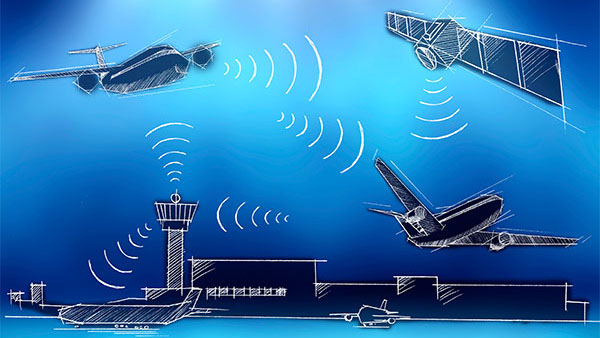ALTERNATIVE NAVIGATION MEANS IN CASE OF SATELLITE OUTAGE
This Solution was formerly part of PJ.14-03-04-W1
Versatile and efficient PBN procedures rely on the availability of GNSS constellations, including Galileo. In the event of unexpected outage or degradation of satellite signals, aircraft require an alternative means of navigation. SESAR is researching alternative position, navigation and timing (A-PNT) using multiple distance measuring equipment (multi-DME) coupled with range autonomous integrity monitoring (RAIM) as a fallback in case of GNSS unavailability.
The candidate solution involves a standalone aircraft upgrade that supports required navigation performance (RNP)-based operations in the terminal manoeuvring area (TMA). It operates with standard instrument arrival (STARs) and standard instrument departure (SIDs) procedures designed with RNP constraints. SESAR 2020 is exploring the capability to fit multi-DME positioning in the existing flight management system (FMS) with RAIM algorithm to fully comply with RNP1 requirements (or even more stringent ones, still under research) without any operational impact from the perspective of the flight crew or ATC, and using the existing DME ground infrastructure. This enables the aircraft to take advantage of redundancy provided by multiple DME in the TMA to to prevent from the use in the positioning algorithm of possible erroneous DME measurements due to undetected anomalies.
The candidate solution aims to use DME localisation to provide 10-5 navigation integrity expected for RNP navigation in case of GNSS loss, which cannot currently be achieved by simply using legacy DME/DME. The capability also ensures full transparency for the flight crew and ATC.
BENEFITS
Improved cost efficiency
Enhanced safety
Improved flight efficiency

